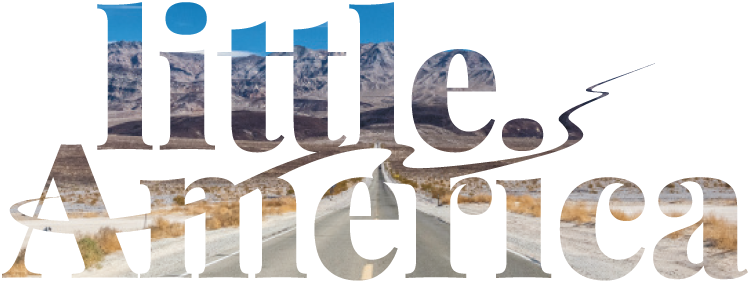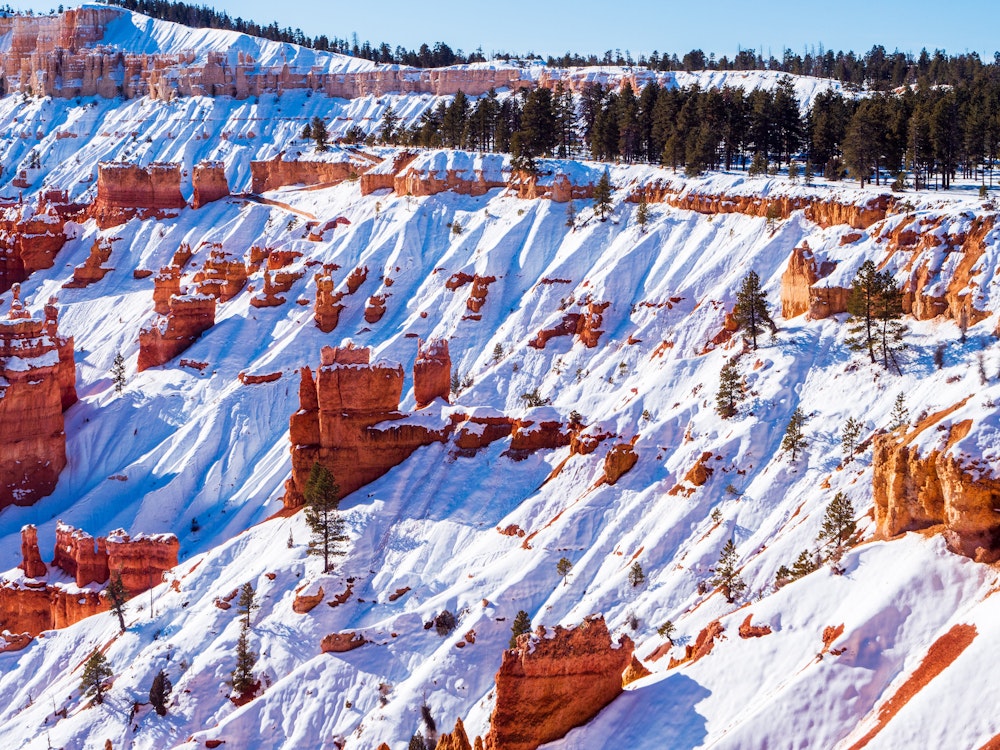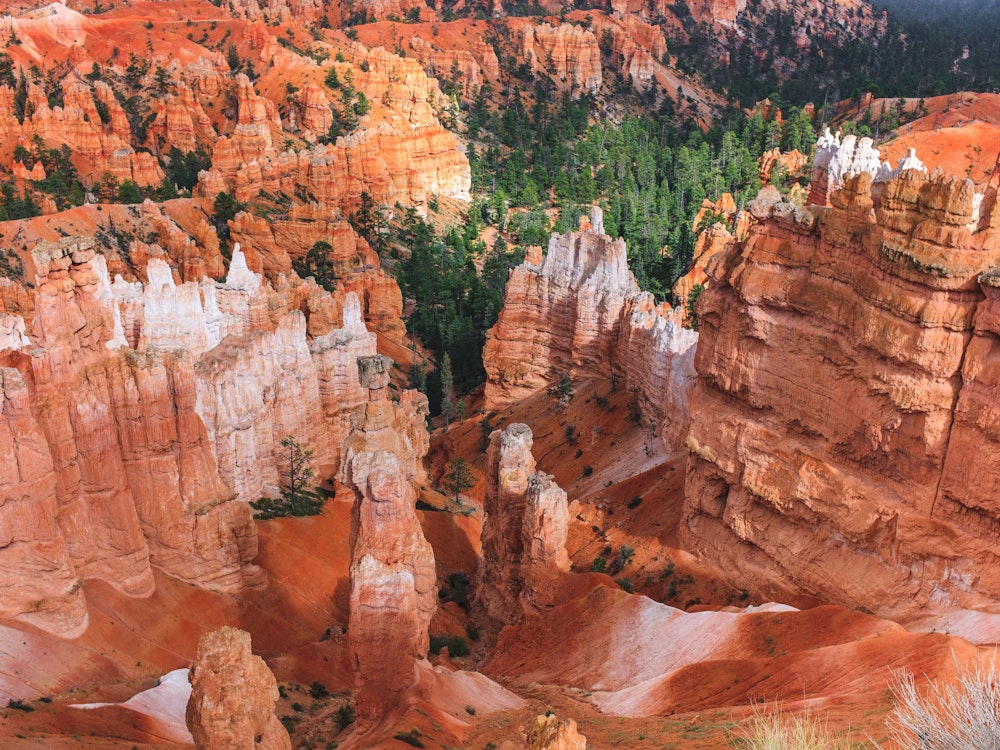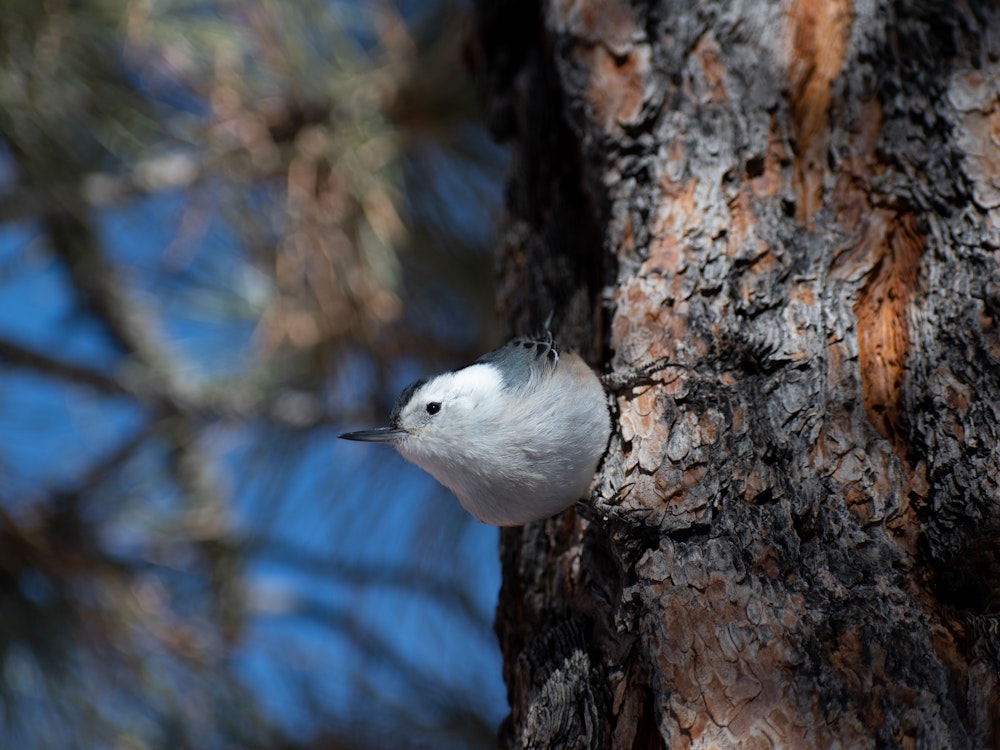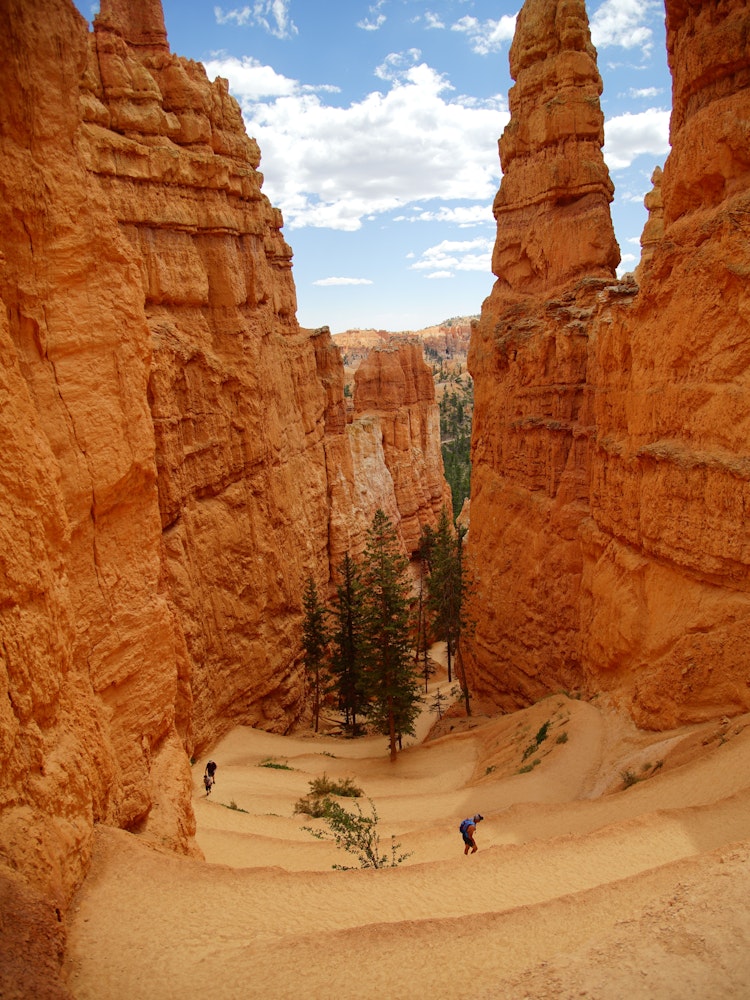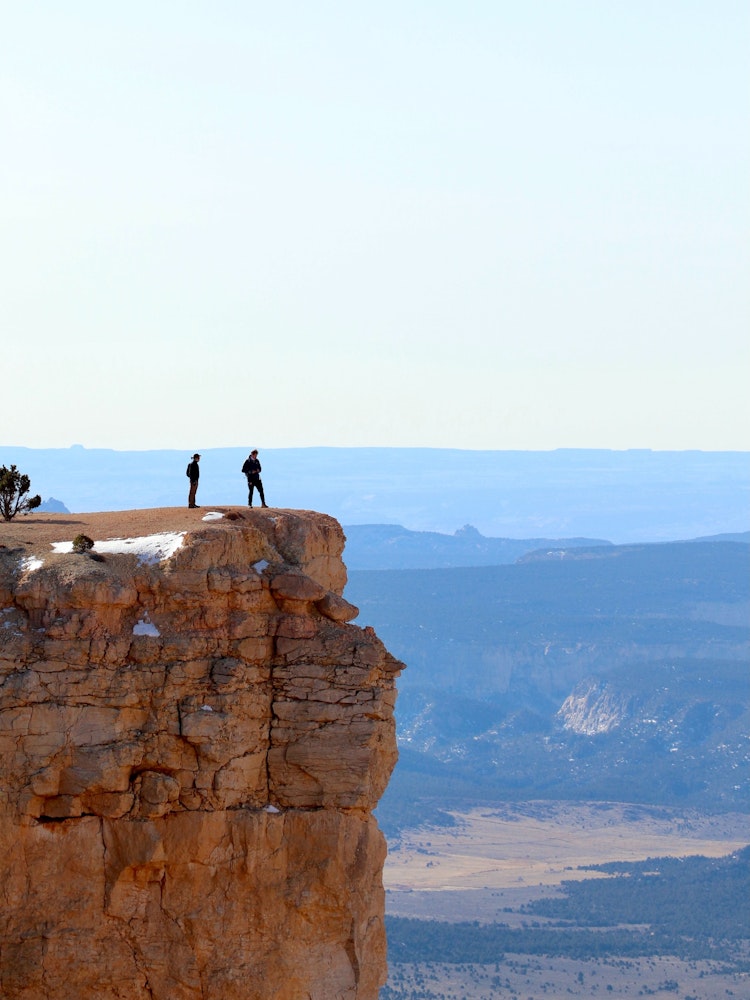Welcome to Bryce Canyon
Nestled in the rugged landscapes of Utah, Bryce Canyon National Park stands as a testament to the remarkable forces of nature. With its unique geological formations and breathtaking vistas, this park has become a haven for outdoor enthusiasts, nature lovers, and photographers alike.
Unique rock formations
Spanning over 35,000 acres, Bryce Canyon National Park boasts a mesmerizing collection of hoodoos, natural amphitheatres, and otherworldly landscapes that will leave visitors in awe. Bryce Canyon is a lot smaller than its brothers and quite compact for a national park. The great thing about it is that you can easily explore it in one day. Not only its size, but also the unique sight of the hoodoos sets this national park apart from others. The most famous of all the hoodoos is Thor's Hammer, which stands out for its size, exposed location and namesake shape.
Wildlife in the park
Despite the park's arid environment, Bryce Canyon National Park supports a surprising variety of wildlife. Keep your eyes peeled for mule deer as they gracefully navigate the rocky terrain and the elusive mountain lions that roam the park's forests. Other mammals that call the park home include foxes, bobcats, and even porcupines.
Bird enthusiasts will be delighted to spot a range of avian species, including golden eagles, peregrine falcons, and the endangered California condor, one of North America's rarest birds. The park's forests echo with the songs of various songbirds, such as the western tanager and the mountain bluebird.

